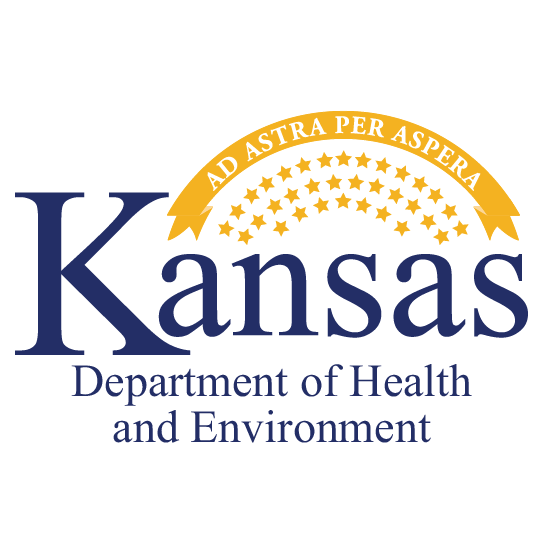Most of the state of Kansas is now at risk for West Nile virus. The Kansas Department of Health and Environment has issued a high-risk warning for West Nile infections for most of the state.
There are now two confirmed positive cases of the mosquito-borne virus in the state’s northeast and southwest regions.
People over 50 and those who are immuno-compromised are most at risk, and should adjust outdoor activities to avoid peak mosquito hours, which are from dusk to dawn. The West Nile virus can cause flu-like symptoms. About one in 150 infected people develop swelling of the brain, which can be fatal.
West Nile virus (WNV) is the most common mosquito-borne disease in Kansas and the United States. Several species of mosquitoes are responsible for transmission of arboviruses, but Culex species are the primary vector in Kansas and the United States. The risk of acquiring WNV infection depends on various factors including:
- Time of year
- Number and location of infected mosquitoes
- Number of days with sufficient heat
Warm temperatures increase the rate of mosquito larvae development, which increases the mosquito population size. The risk of WNV transmission is lower in the spring, but rises through the early and midsummer months, and usually reaches peak transmission during July, August, and September.



